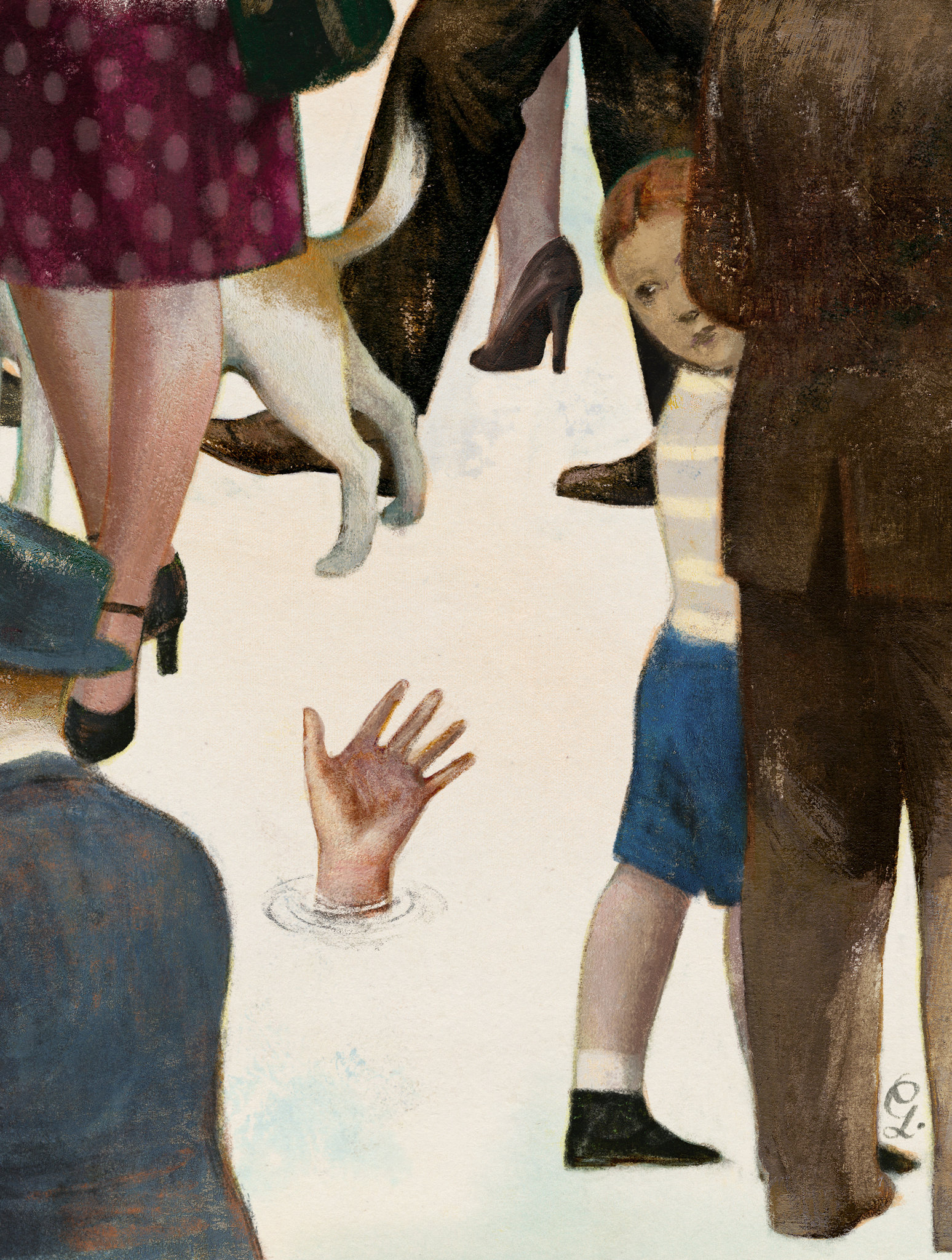In the third decade of this present century, a lot has evolved, for better or for worse. But human inventions aside, have we, as a species, progressed for the worse? A serious element in the human persona is “empathy.” It vividly characterizes the individual; sadly, it is in a virtual decline; there mustn’t be any concreate data; it is self-evident; reflect on your own behavior.
But to begin with, what does the word “empathy” even mean?
Fundamental to empathy is understanding—having the personal will to recognize others’ emotions and having a sense of compassion for their situation.
Digging deeper, there are three types of empathy: Cognitive empathy; emotional empathy; and compassionate empathy.
To understand empathy in general, it will be vital to breakdown all the types. First and foremost, cognitive empathy: the name itself clearly signifies what it implies—it is the sheer recognition (using your intellectual capability) of what someone is feeling and, most importantly, the reason behind that certain sentiment.
For example, consider a word metaphorically “realization”—in layman’s terms, in the absence of any explicit indication of someone’s emotional decline, you identify and respect what transpired with them—and what an “empathetic” individual would do is have a respectful one-on-one conversation—to act as a “listener” while someone is suffering through trauma, grief, or pain.
Cognitive empathy serves as the foundation for offering encouragement and understanding. Thus, acting as a moral supporter in social deliberations.
The second type, emotional empathy, refers to an individual’s ability to directly feel the emotions of another person. It’s like an emotional mirror, where you unconsciously and instinctively share in the feelings of the other individual.
For instance, there are those who relatively express their emotions in a wholehearted manner—basically sharing their grief—explicitly. For example, when you see someone shedding their tears, your own emotional state will deteriorate, and you will subsequently feel so tremendously sad that you will follow suit and start crying. For this action to transpire, one may not need to be involved directly in the situation; it can happen spontaneously. It can be due to broad reasons; its occurrence does not have to be due to a paltry issue; it is more about showing your feeling for societal depravation; in this case, it makes sense.
The third and last, compassionate empathy: there is a central difference between the above-mentioned types of empathy and “compassionate empathy.” Compassionate empathy finally includes taking prudent action to help others. It has the ability to not only understand but also share an individual’s emotions. However, to add to that, show care and concern for their well-being.
The most rudimentary example would be actively supporting a friend in need.
A cautionary tale would be: not to make a mountain out of a mole hill; in cases that may be extreme, sagacity in terms of the advisory role is vital; you would rather not exacerbate the problem; the intent may not be ill, but the result may.
It is not imperative to just blow with tears when you see someone going through a rough period; no one is suggesting that. But being cognizant of your surroundings is of great importance; it is a process, and ultimately, being a person encapsulated with empathy is not impossible.
I myself am ignorant. Being aware of that sheer reality is more important than shedding it away from your own thought process.
Being pitch perfect is not the proposition; having a humanistic approach is empathy.
Lessen the personal ignorance—by doing so, make the impossible in you possible. Improve the lives of the people around you and society as a whole






